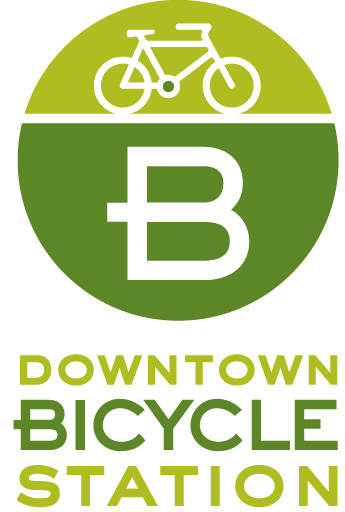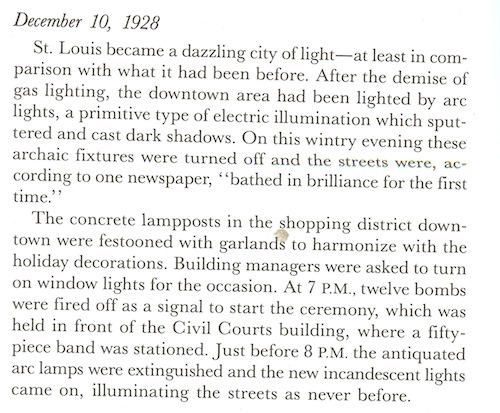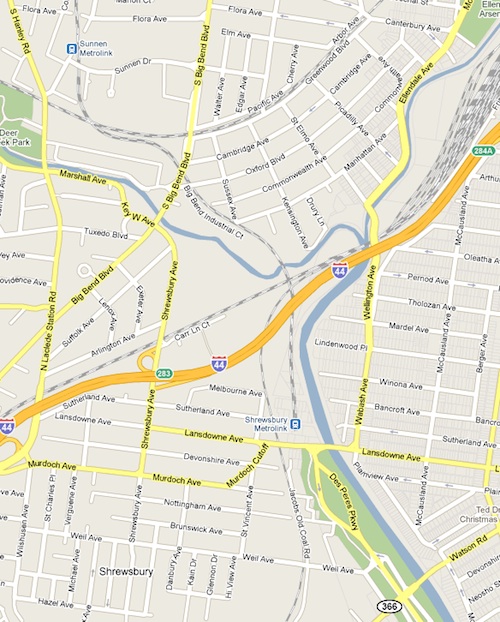Downtown Grocery Stores: St. Louis vs. Kansas City
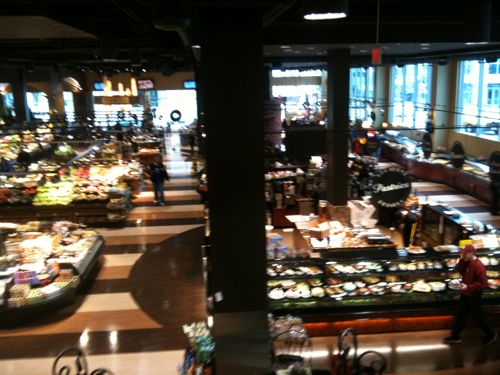
On a recent visit to Kansas City I visited the downtown Cosentino’s Market in the Power & Light District. Â I was impressed., I left thinking the store had to be twice as big as St. Louis’ downtown market, Culinaria. Â It is bigger, but only 22% (27,000sf vs 33,000sf).
Both stores are operated by local family chains.
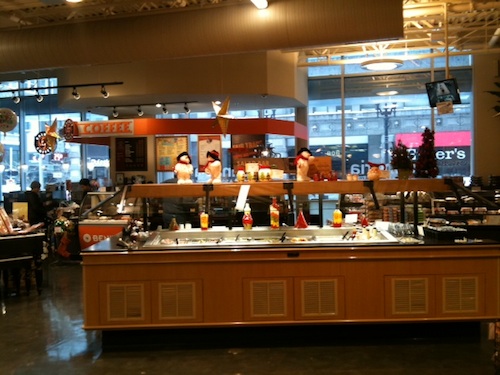
The older & larger chain is the St. Louis-based Schnucks:
“Associates of Schnuck Markets Inc., have been serving customers a unique combination of quality food, variety and value for nearly seven decades. Founded in north St. Louis in 1939, the family-owned grocery company has grown to include more than 100 stores in seven states: Missouri, Illinois, Indiana, Wisconsin, Iowa, Tennessee and Mississippi.”
But the Cosentino chain is only a quarter the size of Schnucks:
The Cosentino family opened their first market in 1948, located on Blue Ridge Boulevard in Kansas City. Since that time the local family owned grocer has aspired to provide excellent customer service in an exceptionally clean environment. It was with immense pride that Cosentino’s Market grew from a dream into a reality. The first Cosentino’s Market was opened in Brookside in 2004 followed by the location in the Kansas City Power & Light District in 2009. “We were so honored to be chosen as part of this historical project and to have the chance to develop such an innovative store.” John Cosentino says of the Downtown project.
Cosentino’s Food Stores currently operates 25 stores in the Kansas City area. The first generation is proud to watch the third generation of Cosentino’s Family members now taking part in the day to day operations and management of the company.
So the newer, smaller chain built a larger downtown market.
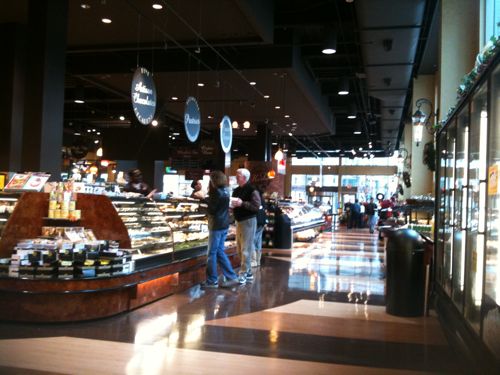
The Cosentino’s didn’t receive any direct subsidies.  However, it is part of the Power & Light District, which was financed in part through the state MODESA program.  Culinaria, on the other hand, got plenty of incentives.  First the parking garage it is located in is owned by  the Missouri Development Finance Board.  The structure was developed by DESCO, the Schnucks’ development company.  But they also got specific help:
Schnucks will pay $3.42 million necessary for tenant improvements, inventory and other opening expenses at the downtown location, at Ninth and Olive streets, according to state finance board documents. The remaining money will come from a combination of state, federal and city subsidies. (St. Louis Business Journal)
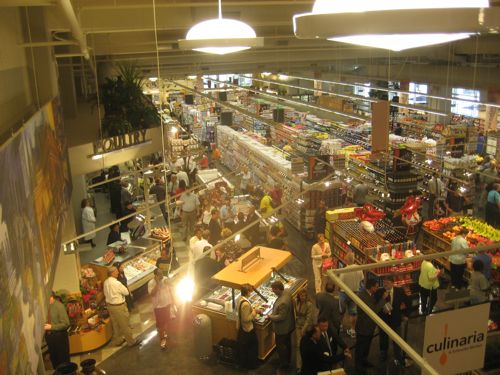
To my knowledge no criteria was put in place to have Schnucks repay the taxpayers if the store exceeded a certain threshold.
– Steve Patterson

